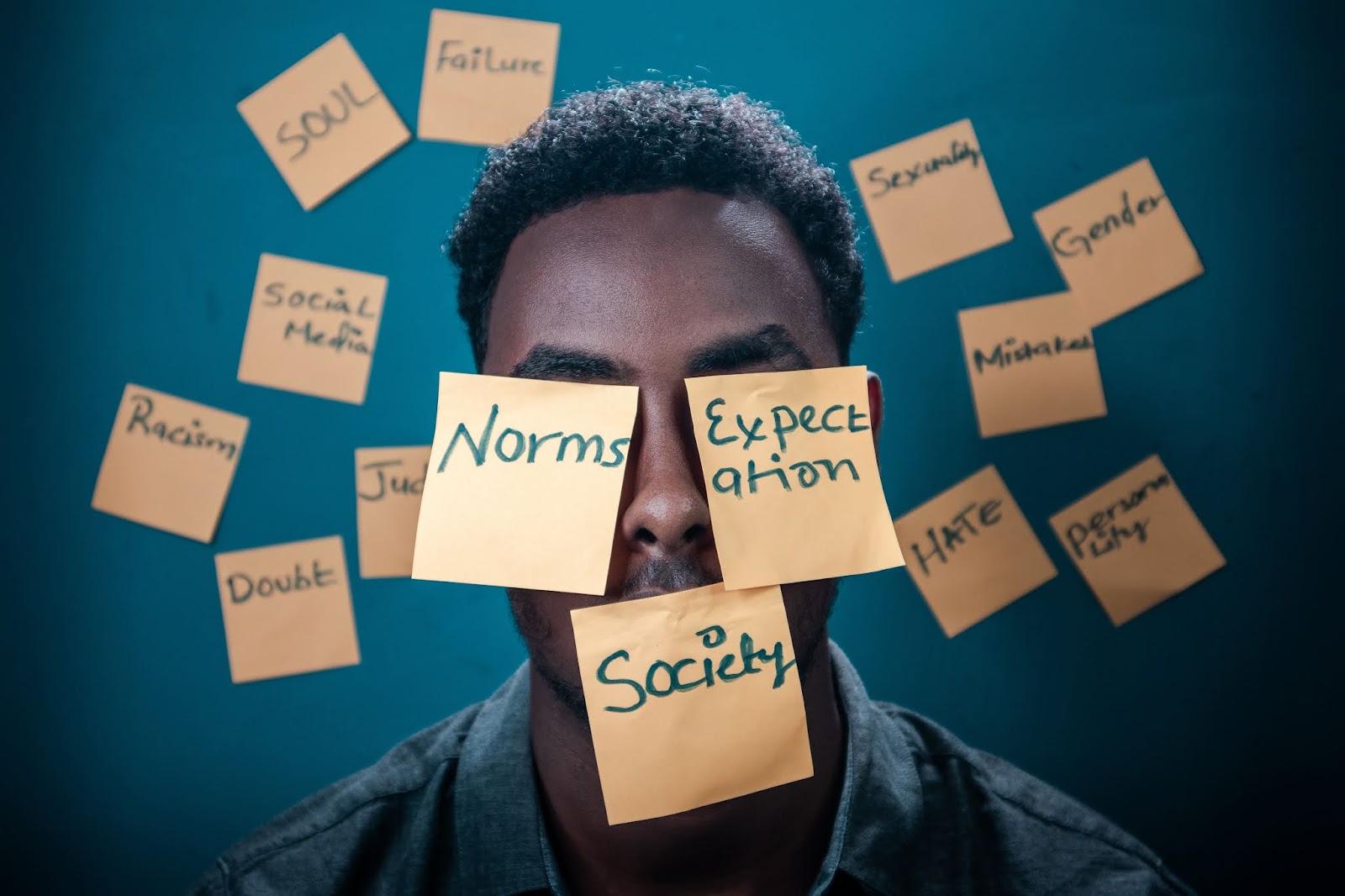Rape is a type of sexual assault usually involving sexual intercourse or other forms of sexual penetration carried out against a person without that person's consent. The act may be carried out by physical force, coercion, abuse of authority, or against a person who is incapable of giving valid consent, such as one who is unconscious, incapacitated, has an intellectual disability, or is below the legal age of consent. The term rape is sometimes used interchangeably with the term sexual assault.
Rape is the fourth most common crime against women in India. India recorded an average of 87 rape cases daily in 2019 and overall 4,05,861 cases of crime against women during the year, a rise of over 7% from 2018, the latest government data released on September 29, 2020. The country recorded 3,78,236 cases of crimes against women in 2018, the data compiled by the National Crime Records Bureau (NCRB) showed. A total of 32,033 cases of rape were lodged in 2019, which was 7.3% of all crimes against women during the year, the data showed. In 2018, 33,356 rapes were recorded across the country, up from 32,559 in 2017, according to the data from corresponding years.
The Majority of these cases under the Indian Penal Code were registered under 'cruelty by husband or his relatives (30.9 per cent) followed by 'Assault on women with intent to outrage her modesty(21.8 per cent), 'kidnapping and abduction of women (17.9 per cent), the NCRB data for 2019 showed. The crime rate registered per lakh women population stood at 62.4 in 2019 in comparison with 58.8 in 2018, it showed . The crime rate registered per lakh women population stood at 62.4 in 2019 in comparison with 58.8 in 2018, it showed.
1. Low status of women: Perhaps the biggest issue, though, is women's overall lower status in Indian society. For poor families, the need to pay a marriage dowry can make daughters a burden. India has one of the lowest female-to-male population ratios in the world because of sex selective abortion and female infanticide
2. Few convictions: For rapes that do get reported, India's conviction rate is no more than 26 percent. There is also no law on the books covering routine daily sexual harassment, which is euphemistically called "eve-teasing." The passing of a proposed new sexual assault law has been delayed for seven years.
3. A sluggish court system: India's court system is painfully slow, in part because of a shortage of judges. The country has about 15 judges for every 1 million people.
4.Encouraging rape victims to compromise: In a recent separate rape case, a 17-year-old Indian girl who was allegedly gang-raped killed herself after police pressured her to drop the case and marry one of her attackers.
5. A lack of public safety: Women generally aren't protected outside their homes. The gang rape occurred on a bus, and even Indian authorities say that the country's public places can be unsafe for women. Many streets are poorly lit, and there's a lack of women's toilets, a Women and Child Development Ministry report said recently.
Written By- Shivam Jha
Edited By- Tushna Choksey





.jpeg)





.jpeg)
0 Comments